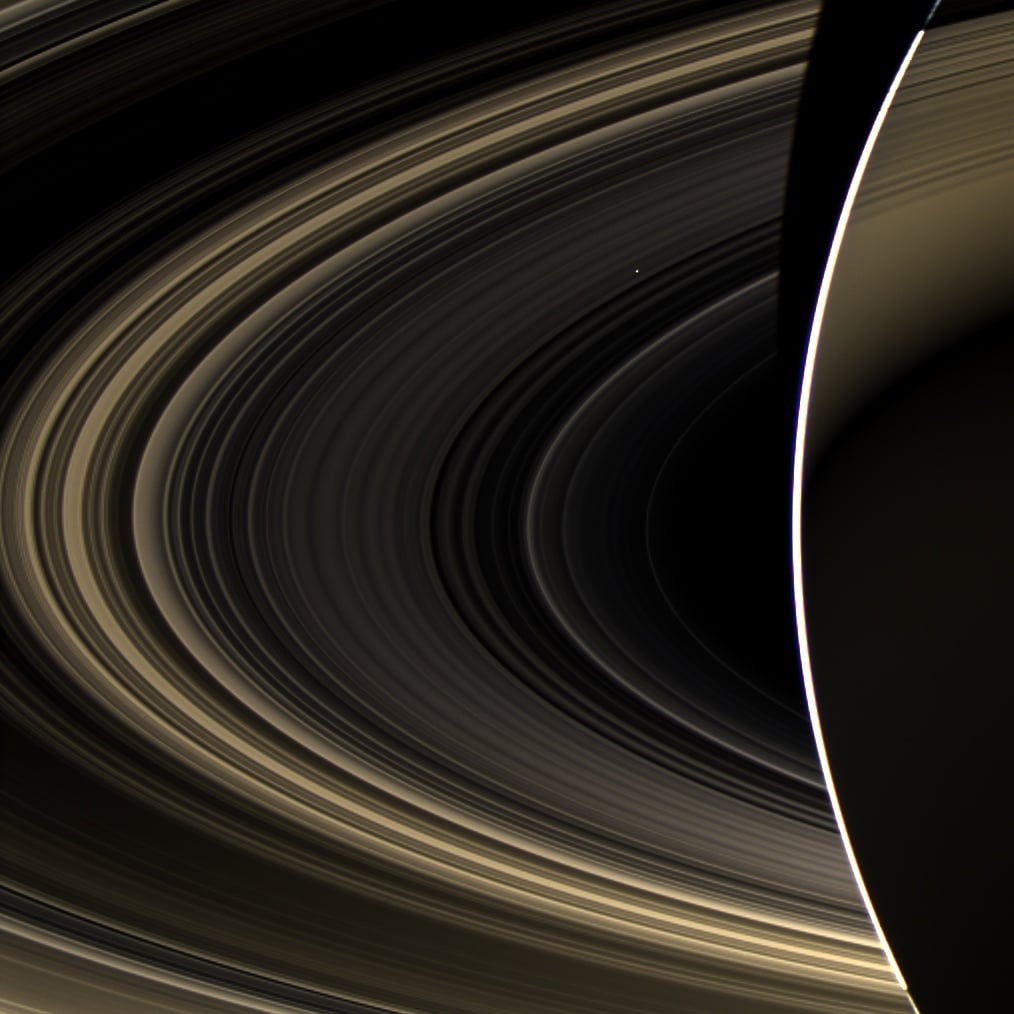Our Human Race
ω
Our human race has kept its place
in evolutionary pace
amid the species that have sprung
from earthly parentage among
some vanishing without a trace.
A quest for home in outer space
in lieu of earth in madcap chase
is pushing to the brink far-flung
our human race.
A world will mirror dwellers’ face.
Lest earthlings suffer fall from grace
‘unwept, unhonored, and unsung’,
yet may we speak in global tongue
and learn in living to embrace
our human race.
~ Harley White
* * * * * * * * * *
The poem is a rondeau…
Quote from “The Lay of the Last Minstrel” (1805), by Walter Scott…
Further inspiration derived from the teachings and writings of Nichiren Daishōnin…
“When
the mind is bewildered, even for one instant, by its fundamental
unenlightenment, it immediately becomes like a mirror that has been
neglected. But, once it is polished, it will attain the brilliance
of the true suchness of the Dharma nature. You must give rise to a
deep mind of faith, in order to polish this mirror mornings and
evenings. How should you polish it then? This is done just by
reverently reciting Nam Myōhō Renge Kyō, which is what this
polishing is called.”
~ Nichiren Daishōnin (1255)
From ~ Treatise on Becoming a Buddha in a Single Lifetime (being updated online)
The reason that we continually recite Nam Myōhō Renge Kyō
Image ~ Earth’s Twin Seen From Saturn…
Image explanation ~ TPeering over the shoulder of giant Saturn, through its rings, and across interplanetary space, NASA’s Cassini spacecraft spies the bright, cloudy terrestrial planet, Venus. The vast distance from Saturn means that Venus only shows up as a white dot, just above and to the right of the image center. Venus, along with Mercury, Earth, and Mars, is one of the rocky ‘terrestrial’ planets in the solar system that orbit relatively close to the sun. Though Venus has an atmosphere of carbon dioxide that reaches nearly 900 degrees Fahrenheit (500 degrees Celsius) and a surface pressure 100 times that of Earth, it is considered a twin to our planet because of their similar size, mass, rocky composition and orbit. Venus is covered in thick sulfuric acid clouds, making it very bright.

Image credit: NASA/JPL-Caltech/Space Science Institute
| Table of Contents |
|